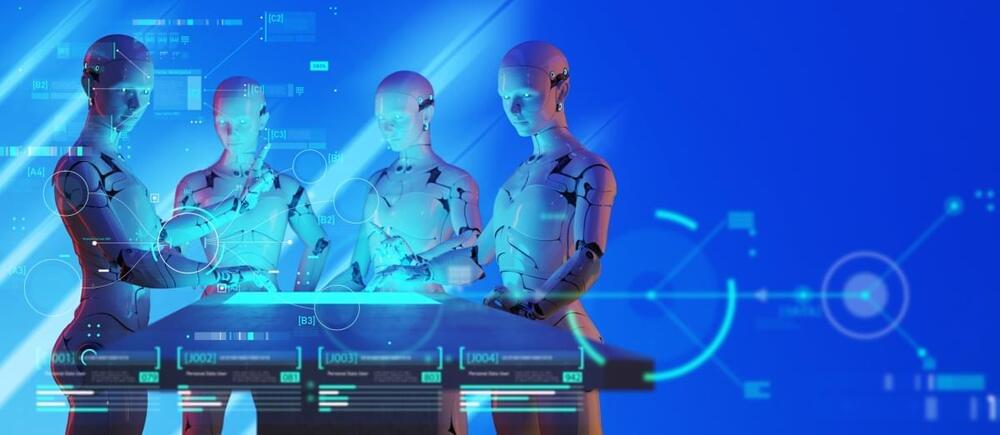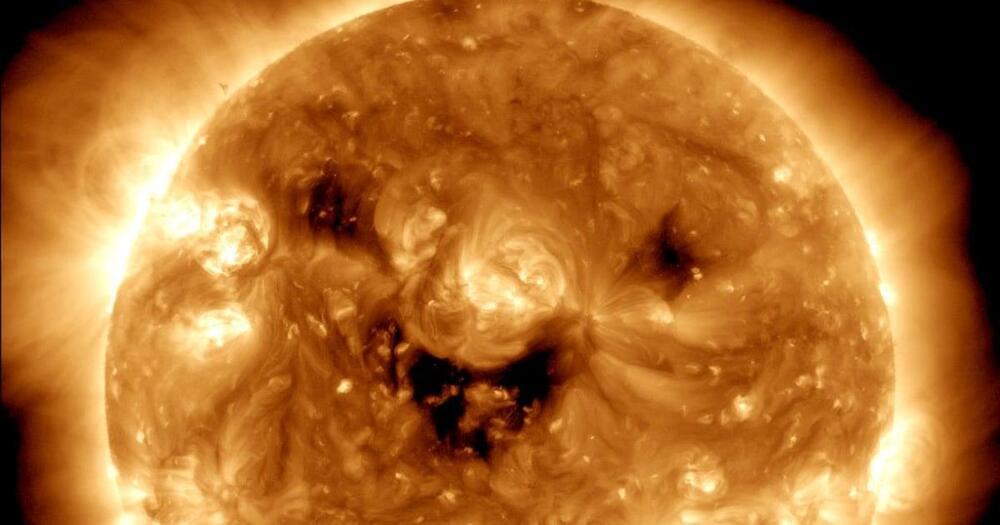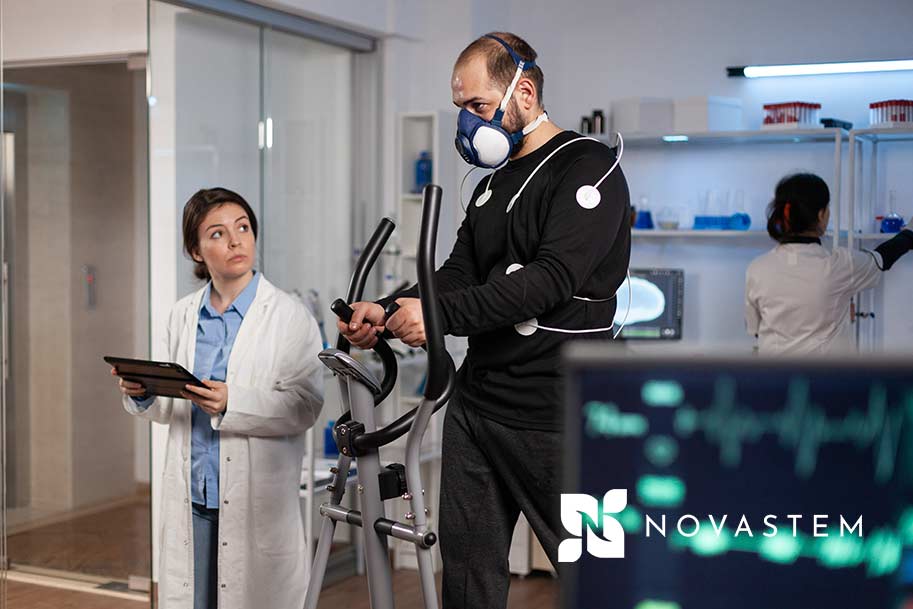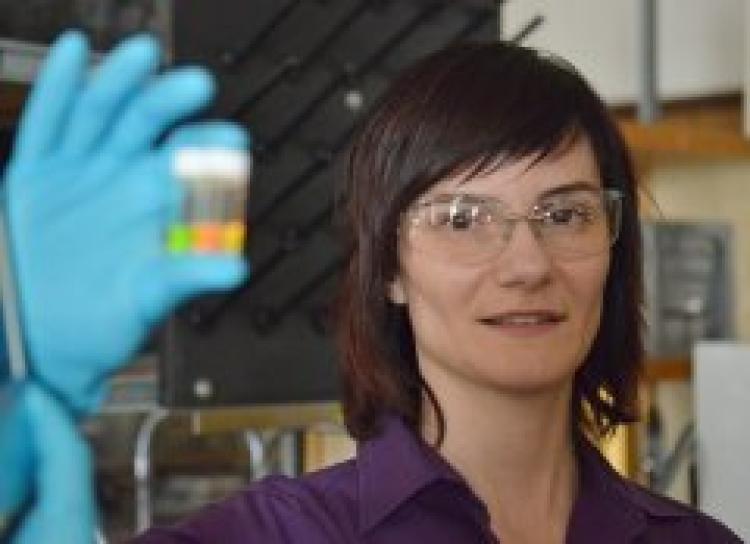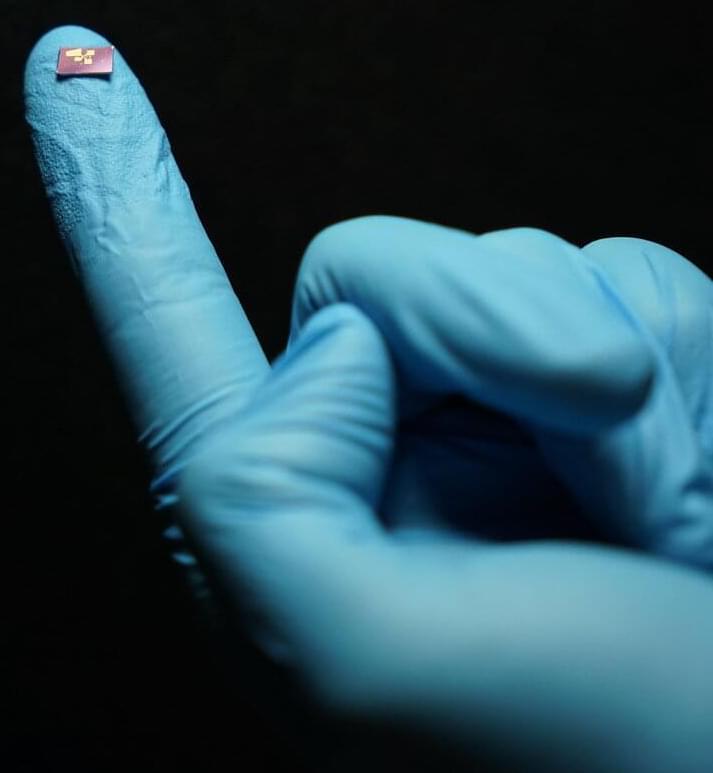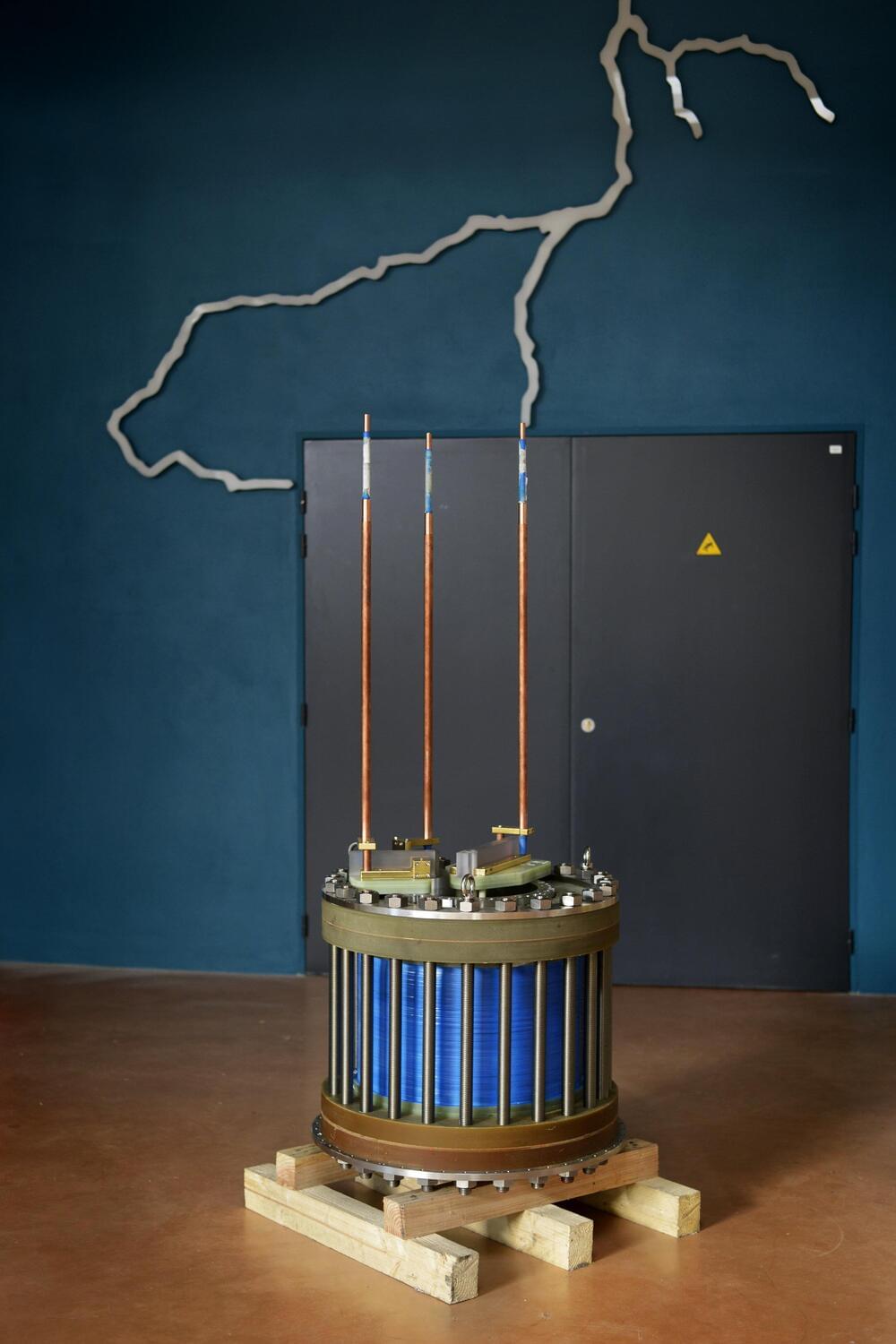Just in time for Halloween, scientists have discovered something spooky and strange occurring at the edge of the solar system: The heliopause — the boundary between the heliosphere (the bubble of solar wind encompassing the solar system) and the interstellar medium (the material between the stars) appears to be rippling and creating oblique angles in an unexpected manner.
The general concept that the heliopause changes shape is not new; over the past decade, researchers have determined that it is not static. They made this discovery using data from Voyager 1 and Voyager 2, the only two spacecraft to exit the heliosphere thus far, as well as NASA’s Interstellar Boundary Explorer (IBEX) satellite, which studies the emissions of energetic neutral atoms (ENAs) that are created when solar winds and the interstellar medium interact.

